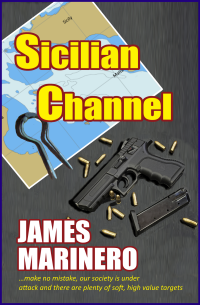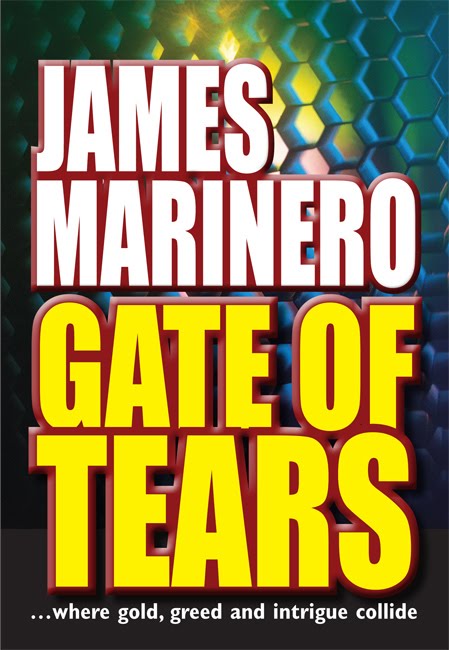A great little town, and Ragusa itself is worth seeing (UNESCO world heritage site). If you are coming into the marina though, then check this video first, and watch the weather. Read the notes below the video too.
Marina de Ragusa - enter with caution in strong winds. This video was taken after a couple of days of 20-25kts from the east, with stronger winds out in the Ionian. You could time it well and be lucky, but there's only 5.5 metres or so depth in the entrance and some rollers were big. Earlier in the year we passed by in an easterly F8 and anchored round Punta Scalambri off a good sandy beach in 5 m, out of wind and swell.
Monday 31 October 2011
Sunday 30 October 2011
Aeolian Islands
We're tucked up in a bay, hiding from bad weather, on the island of Vulcano in the Aelolian group (Stromboli, Lipari etc.), under one of the two active volcanoes in the island group. Smells like rotten eggs a lot of the time. From Acitrezza we stopped at Taormina. Then it was an interesting, windy trip up the Straits of Messina, past the whirlpools of Scylla and Charibdis, which we didn't see. Almost turned back, but persisted through the wind and then the Tyrrenhian Sea was like a millpond - until yesterday. Salina next, then Lipari, Panarea and Stromboli.
| In Porto Ponente, Vulcano |
Understanding El Nino
Weather data analysis is now uncovering the secrets of El Nino. ENSO events - 'El Nino Southern Oscillation' is now understood better, at least in terms of the data. Predicting these events is still elusive.
As Physicsworld.com describes it:
"El Niño, meaning "the Christ child", is so-called because the first signs of its appearance are marked by a warm current off the coast of Ecuador just after Christmas. These rising sea temperatures are related to a weakening of the trade winds that usually transport warm surface waters to the western margin of the Pacific. During an ENSO phase – which occur every 2–7 years – these warmer waters accumulate in the eastern tropical Pacific.
Individual ENSO episodes can last up to two years and lead to severe flooding in Latin America and droughts in South East Asia. One extreme cycle in 1997–1998 had far-reaching consequences, including extensive fires in the Indonesian rainforests and mudslides in California. Another impact of El Niño is that the accumulated warm water acts to block cold-water currents, which usually transport nutrients from the deep ocean to ecosystems along the Latin American coast. This can have a devastating effect on the fish stocks that form an important part of the economy in countries such as Peru and Colombia. "
Full story at http://physicsworld.com/cws/article/news/47268
As Physicsworld.com describes it:
"El Niño, meaning "the Christ child", is so-called because the first signs of its appearance are marked by a warm current off the coast of Ecuador just after Christmas. These rising sea temperatures are related to a weakening of the trade winds that usually transport warm surface waters to the western margin of the Pacific. During an ENSO phase – which occur every 2–7 years – these warmer waters accumulate in the eastern tropical Pacific.
Individual ENSO episodes can last up to two years and lead to severe flooding in Latin America and droughts in South East Asia. One extreme cycle in 1997–1998 had far-reaching consequences, including extensive fires in the Indonesian rainforests and mudslides in California. Another impact of El Niño is that the accumulated warm water acts to block cold-water currents, which usually transport nutrients from the deep ocean to ecosystems along the Latin American coast. This can have a devastating effect on the fish stocks that form an important part of the economy in countries such as Peru and Colombia. "
Full story at http://physicsworld.com/cws/article/news/47268
Tuesday 11 October 2011
Etna's Anger
We headed up from Marina de Ragusa to Syracuse for a couple of days last week (one night anchored on north side of the strait behind Capo Passero (good holding) out of the swell), then on towards Messina.
We had some wind! Etna was playing hell with strong gusts backwinding us.
After a night anchored on rock outside Stazzo, the anchor came up cleanly and we headed back to Acitrezza for better shelter. The gale blew (46 knots in the morning gusts coming down from Etna), boxing the compass. 52.6 knots last night as we got back aboard from the pizzeria. It wasn't so bad here, given that it's open to the north and that's where the gale came from, give or take. Only 40 miles fetch from Messina, so that helped keep the seas down.
By the way, Stazzo had far less water in the harbour than the pilot books led us to believe, with scattered rock.
We had some wind! Etna was playing hell with strong gusts backwinding us.
After a night anchored on rock outside Stazzo, the anchor came up cleanly and we headed back to Acitrezza for better shelter. The gale blew (46 knots in the morning gusts coming down from Etna), boxing the compass. 52.6 knots last night as we got back aboard from the pizzeria. It wasn't so bad here, given that it's open to the north and that's where the gale came from, give or take. Only 40 miles fetch from Messina, so that helped keep the seas down.
By the way, Stazzo had far less water in the harbour than the pilot books led us to believe, with scattered rock.
Subscribe to:
Posts (Atom)


